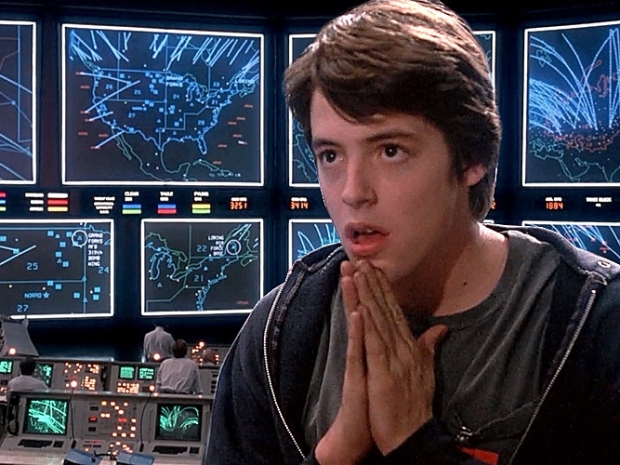For those who don’t know a tokamak is a doughnut-shaped vessel designed to contain a nuclear fusion reaction where hydrogen atoms go to get smashed at unfathomably high temperatures, creating a whirling, roiling plasma that's hotter than the surface of the sun. So a bit like a Loughborough disco only less smelly.
Finding smart ways to control and confine that plasma will be key to unlocking the potential of nuclear fusion, which has been mooted as the clean energy source of the future for decades.
DeepMind has been working on a joint research project with the Swiss Plasma Centre to develop an AI for controlling a nuclear fusion reaction. In stars, which are powered by fusion, the sheer gravitational mass is enough to pull hydrogen atoms together and overcome their opposing charges.
On Earth, scientists instead use powerful magnetic coils to confine the nuclear fusion reaction, nudging it into the desired position and shaping it like a potter manipulating clay on a wheel.
The coils have to be carefully controlled to prevent the plasma from touching the sides of the vessel: this can damage the walls and slow down the fusion reaction. (There's little risk of an explosion as the fusion reaction cannot survive without magnetic confinement).
But every time researchers want to change the configuration of the plasma and try out different shapes that may yield more power or a cleaner plasma, it necessitates a huge amount of engineering and design work.
Conventional systems are computer-controlled and based on models and careful simulations, but they are, Ambrogio Fasoli, director of the Swiss Plasma Center at Ecole Polytechnique Federale de Lausanne in Switzerland. says, "complex and not always necessarily optimised."
DeepMind has developed an AI that can control the plasma autonomously. According to a paper published in the journal Nature researchers from the two groups taught a deep reinforcement learning system to control the 19 magnetic coils inside TCV, the variable-configuration tokamak at the Swiss Plasma Centre, which is used to carry out research that will inform the design of bigger fusion reactors in the future.




